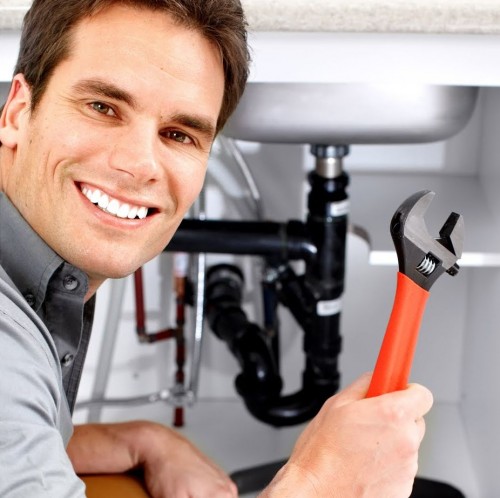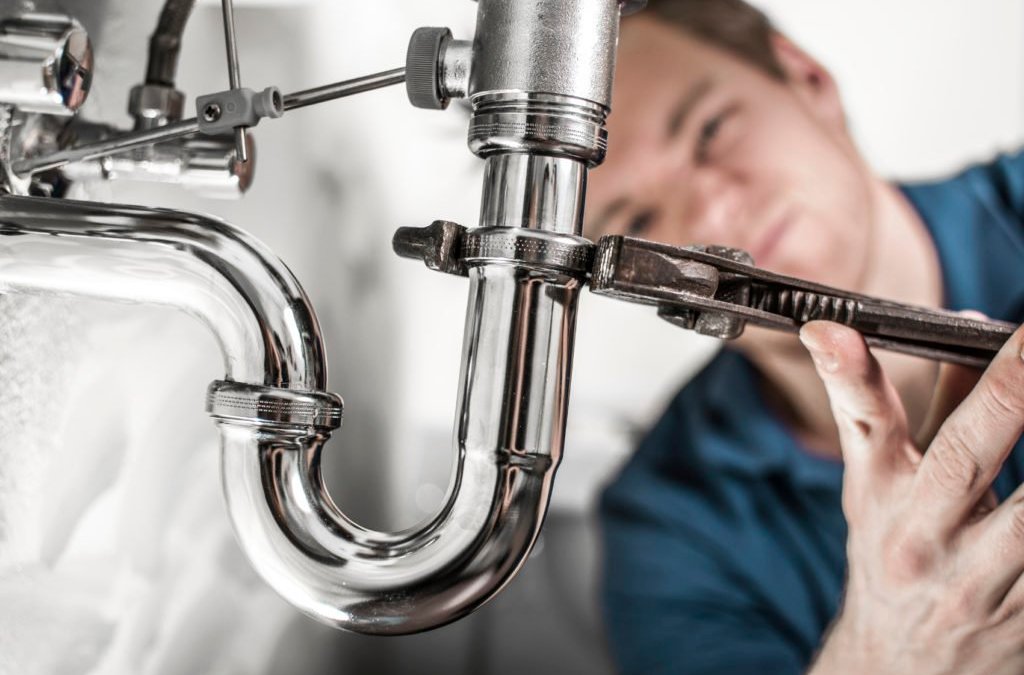Comprehending the Foundations of Home Plumbing: A Beginner's Primer
Comprehending the Foundations of Home Plumbing: A Beginner's Primer
Blog Article
What are your insights and beliefs on How Does the Plumbing Work in Your Home??

Plumbing is an essential element of any home, in charge of supplying clean water for alcohol consumption, food preparation, and bathing, in addition to eliminating wastewater securely. Comprehending the fundamentals of home plumbing is necessary for every single home owner to make sure correct upkeep, troubleshooting, and, if needed, repair work. In this novice's guide, we'll cover the essential principles of home plumbing to help you come to be more familiar with exactly how it works.
Water System System
The water system brings clean water into your home from a municipal water resource or a personal well. It includes a main water line that links to your home's plumbing system, typically located underground. A water meter determines the amount of water eaten, while a shut-off valve allows you to regulate the flow of water into your home.
Plumbing Components
Plumbing fixtures are devices that provide water to numerous parts of your home and consist of sinks, taps, toilets, showers, bath tubs, and home appliances such as dishwashers and washing equipments. Each fixture is linked to the water system using pipelines and fittings and may have its shut-off shutoff for maintenance or emergency situations.
Water Heating Unit
The water heating system is responsible for home heating water for domestic usage, including showering, cooking, and cleansing. Common kinds of hot water heater include tank-type hot water heater, tankless (on-demand) hot water heater, and heat pump water heaters. The hot water heater is attached to the water supply system and provides warm water to plumbing fixtures as needed.
Drain System
The drain system eliminates wastewater from your home and brings it away to a sewer treatment facility or septic tank. It includes a network of pipes, fittings, and components that transfer wastewater from plumbing components to the primary sewage system line or septic tank. Appropriate drain is vital to prevent obstructions, back-ups, and sewer leakages.
Air flow System
The ventilation system helps preserve appropriate atmospheric pressure and protect against sewage system gases from entering your home. Air vent pipelines, additionally known as air vent heaps, expand from plumbing components to the roof, allowing sewer gases to leave safely outside. Ventilation pipelines additionally permit air to get in the water drainage system, facilitating smooth wastewater circulation and protecting against suction or vacuum impacts.
Typical Plumbing Tools
Having the right tools on hand is important for carrying out basic plumbing repair work and upkeep tasks. Common plumbing devices consist of flexible wrenches, monkey wrench, pliers, pipeline cutters, hacksaws, plungers, augers (or drain serpents), and Teflon tape. Having these tools readily offered can assist you deal with minor plumbing problems efficiently.
Standard Plumbing Repair Services
While some plumbing fixings might need specialist help, lots of usual issues can be resolved with standard do it yourself strategies. Knowing how to deal with a leaky tap, unclog a drainpipe, replace a toilet flapper, or fix a dripping showerhead can save you money and time on plumbing repair work.
Verdict
Recognizing the basics of home plumbing is essential for every single house owner to maintain a secure, functional, and reliable plumbing system. By familiarizing on your own with the supply of water system, plumbing components, drain system, air flow system, common plumbing devices, and basic fixings, you can confidently resolve small plumbing concerns and ensure your home's plumbing system runs smoothly.
Plumbing for Beginners: A Comprehensive Guide
If you’re a beginner when it comes to plumbing, don’t worry; you’re not alone. Plumbing may seem intimidating, but with the right knowledge and a little practice, you can handle many common plumbing issues on your own. In this comprehensive guide, we will demystify the world of plumbing for beginners, providing you with the basic knowledge and skills needed to tackle common plumbing problems and even take on some DIY plumbing projects.
The Importance of Basic Plumbing Knowledge for Beginners:
First and foremost, basic plumbing knowledge gives you a solid foundation. It helps you grasp the key concepts and terminology that are essential in this field. By learning the basics, you’ll be able to build upon that knowledge and tackle more complex plumbing tasks in the future.
Having a basic understanding of plumbing also enables you to handle common issues that may arise in your home. Picture this: a leaky faucet or a clogged drain. With some basic plumbing knowledge, you’ll have the confidence to troubleshoot and fix these problems on your own. It saves you from unnecessary expenses and the hassle of waiting for a professional to arrive.
As a beginner, learning the basics of plumbing empowers you to take care of your own home. It gives you a sense of independence and self-reliance. You’ll no longer have to rely solely on professionals for every small issue that pops up. Instead, you can handle many tasks yourself, saving time and money in the process.
Remember, everyone starts as a beginner. Embrace the learning process and take small steps to expand your plumbing knowledge. There are plenty of online resources, tutorials, and even local workshops that talk about plumbing for beginners.
Essential Tools for Plumbing for Beginners
As you start your plumbing journey, having the right tools in your toolbox is crucial. Let’s explore some of the must-have tools:
Adjustable Wrench:
This versatile tool is a staple in any plumber’s toolbox. It allows you to tighten or loosen nuts and bolts of various sizes. Make sure to have an adjustable wrench with a comfortable grip.
Pipe Wrench:
A pipe wrench is specifically designed for gripping and turning pipes. It has serrated jaws that provide a strong grip, making it easier to loosen or tighten threaded pipes and fittings.
Plunger:
The plunger is a simple yet effective tool for clearing clogged drains and toilets. It creates suction when you push and pull, helping to dislodge blockages. Keep a good-quality plunger handy for those unexpected clogs.
Pipe Cutter:
When it comes to cutting pipes, a pipe cutter is your go-to tool. It creates clean, precise cuts without damaging the pipe. Look for a pipe cutter that can handle the pipe sizes you’re working with.
Hacksaw:
A hacksaw is useful for cutting through pipes, screws, and other materials. It’s a versatile tool that can handle different cutting tasks. Remember to use a blade suitable for cutting metal.
Tape Measure:
Accurate measurements are crucial in plumbing. A tape measure allows you to measure pipe lengths, distances, and dimensions accurately. Opt for a sturdy tape measure that extends a good length.
Pliers:
Pliers come in handy for various tasks, such as gripping, bending, and cutting. Slip-joint pliers with adjustable jaws are great for gripping pipes, nuts, and bolts.

Do you like more info about What to Know About Plumbing: Basics, Tips, and Insights? Make a remark down the page. We'd be glad to hear your opinion about this posting. We are looking forward that you come back again before long. For those who enjoyed our page if you please consider to pass it around. I praise you for your time. Don't hesitate to come visit our blog back soon.
Call Today Report this page